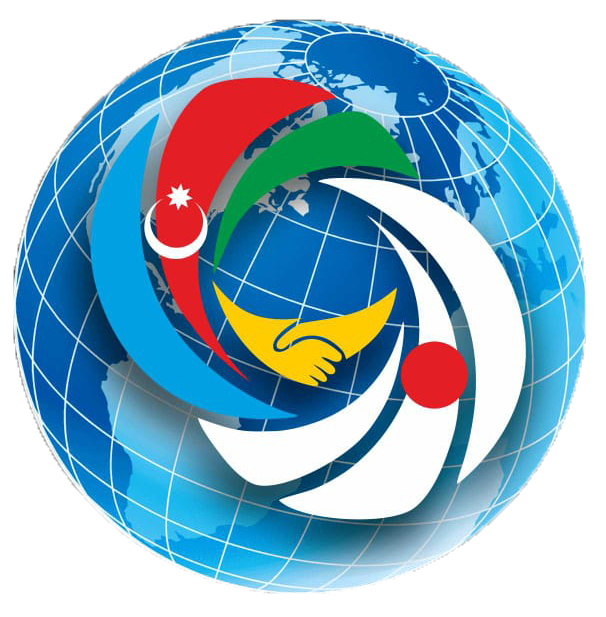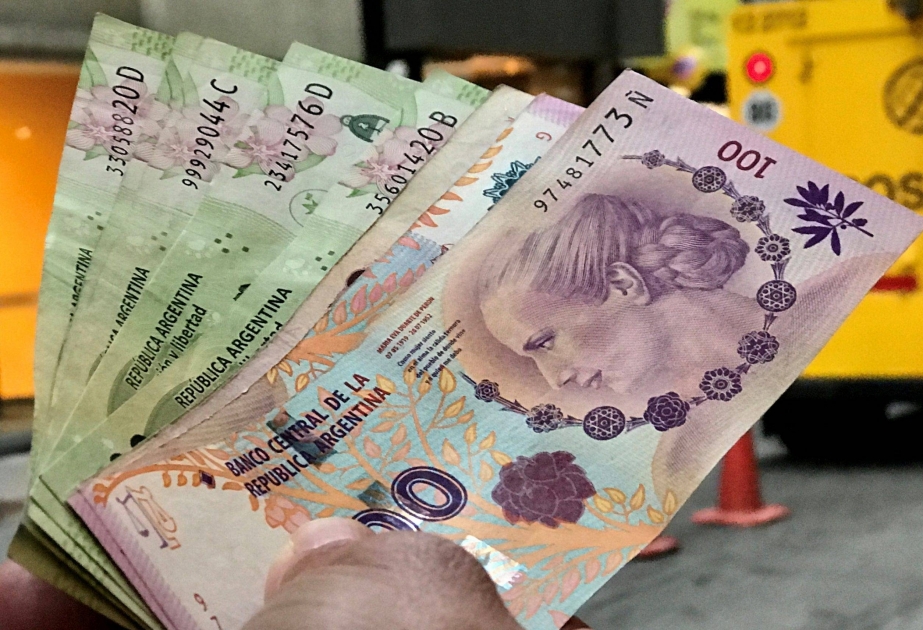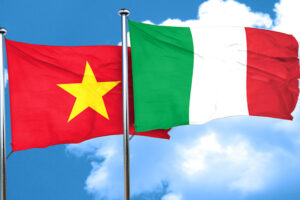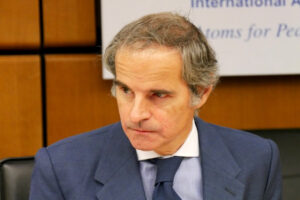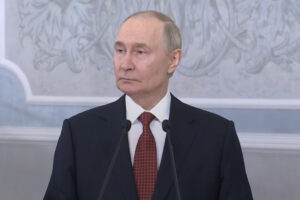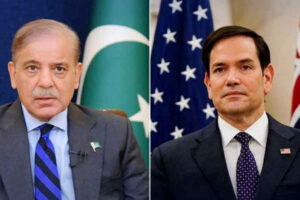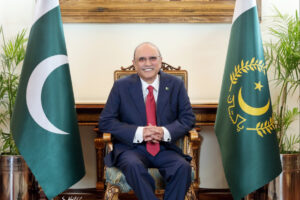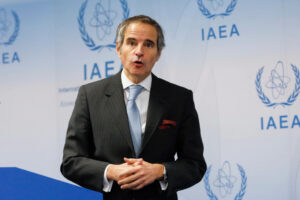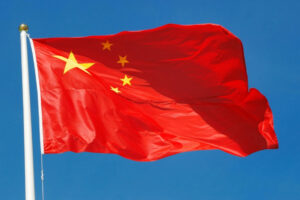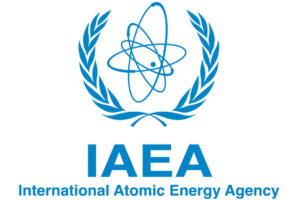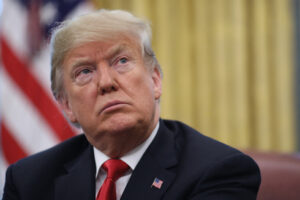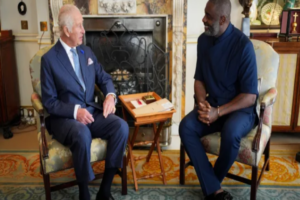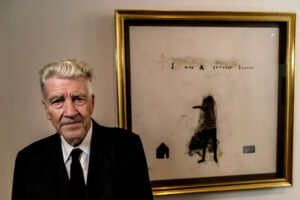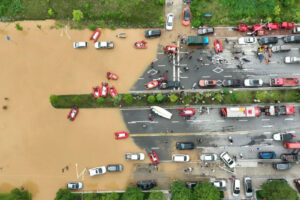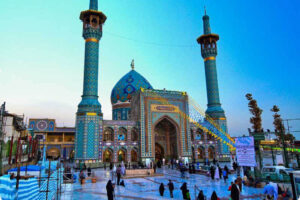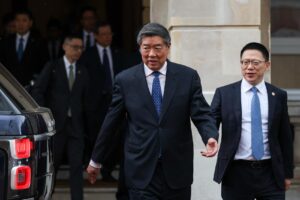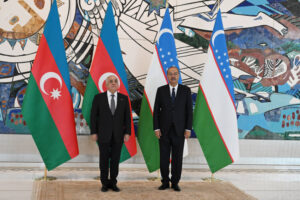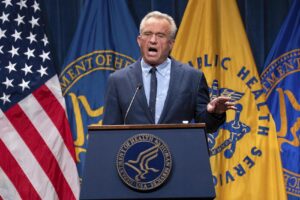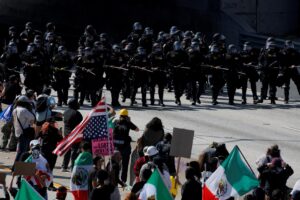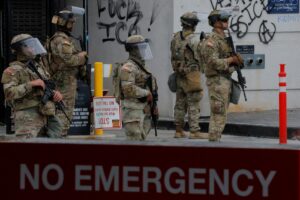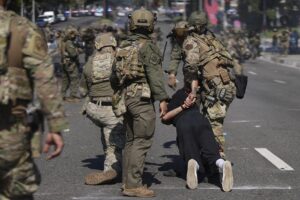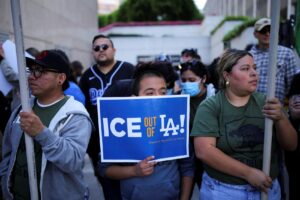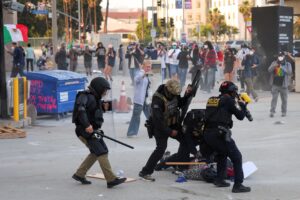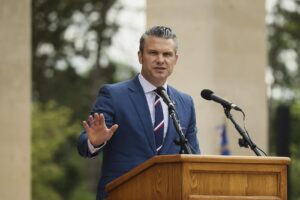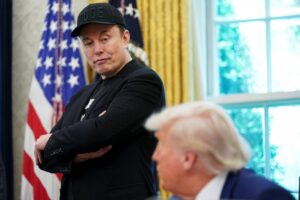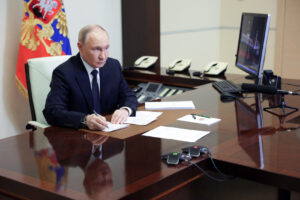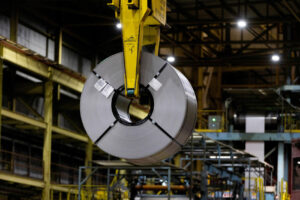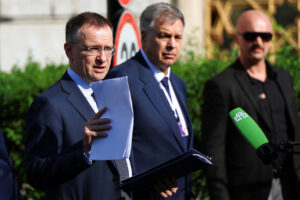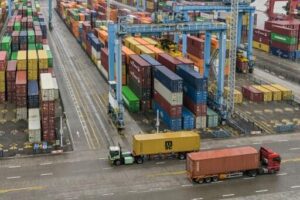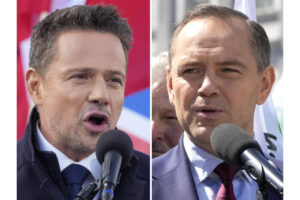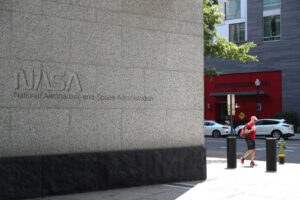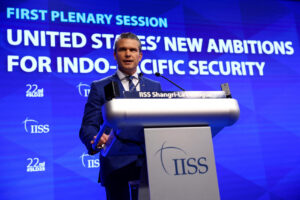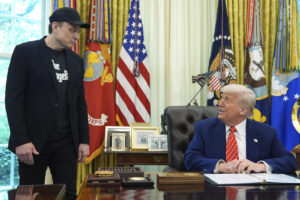Tokyo, 14 September, /AJMEDIA/
Consumer prices in Argentina soared 12.4% in August, compared to the previous month, the highest rate since February 1991, a number that puts the government on the defensive a little more than a month before presidential elections, according to AP.
Argentina’s annual inflation rate rose to 124.4%, according to figures released by the government’s INDEC statistics agency Wednesday.
Argentina has been suffering from galloping inflation for years, but August marked the first time in more than two decades the monthly rate reached double digits, a phenomenon that is likely to be repeated in September, according to economists.
Amid the sharp rise in consumer prices, Economy Minister Sergio Massa is trying to convince Argentines to elect him president rather than Javier Milei, a self-described “anarcho capitalist” who shook up Argentina’s political system by receiving the most votes in last month’s national primaries.
“It’s the number that summarizes the tragedy left by Massa,” Patricia Bullrich, the presidential candidate for the main opposition coalition, wrote on social media after the inflation number was released.
Recent polls show Milei leading ahead of general elections on Oct. 22 with Massa in second place and Bullrich third.
The high inflation rate is in large part a product of the government’s devaluation of the local currency, the peso, by nearly 20% following the Aug. 13 primaries.
“The acceleration (of inflation) is the pass through of the devaluation,” said Martín Kalos, an economist who is a director at local consultancy Epyca Consultores. “The number isn’t higher because the devaluation only captured 15 days of August. That’s why the floor is high for September.”
Inflation in August was particularly high for food items, which increased 15.6% from July with the price of some beef cuts soaring by as much as 40%, according to INDEC.
The real increase that consumers saw in retail outlets was likely even higher.
The price of beef to consumers increased between 40% and 70% since July, according to Diego Ponti, a livestock analyst for AZGroup, a local consultancy. Ponti said the sharp rise in prices had to do with a confluence of factors including the way that beef prices had largely remained frozen for months despite the inflationary economy.
